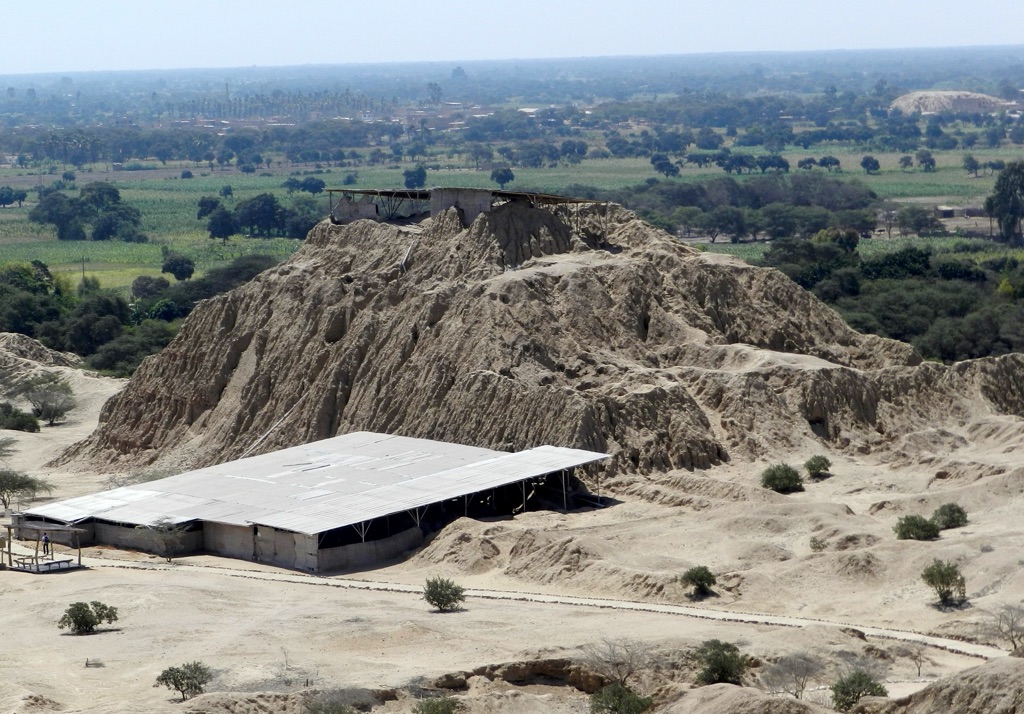Summary
Exploring the Mystique of Tucume
The Tucume Pyramids stand as a testament to the Lambayeque culture’s architectural prowess. Nestled in the arid landscape of northern Peru, this ancient site spans over 220 hectares. It’s home to 26 major pyramids and mounds. The main pyramid, Huaca Larga, is one of the largest monuments of its kind in South America. Visitors can explore the complex network of platforms, plazas, and intricate adobe friezes. These reveal tales of a civilization that thrived from about AD 1000 until the Inca conquest.
Get your dose of History via Email
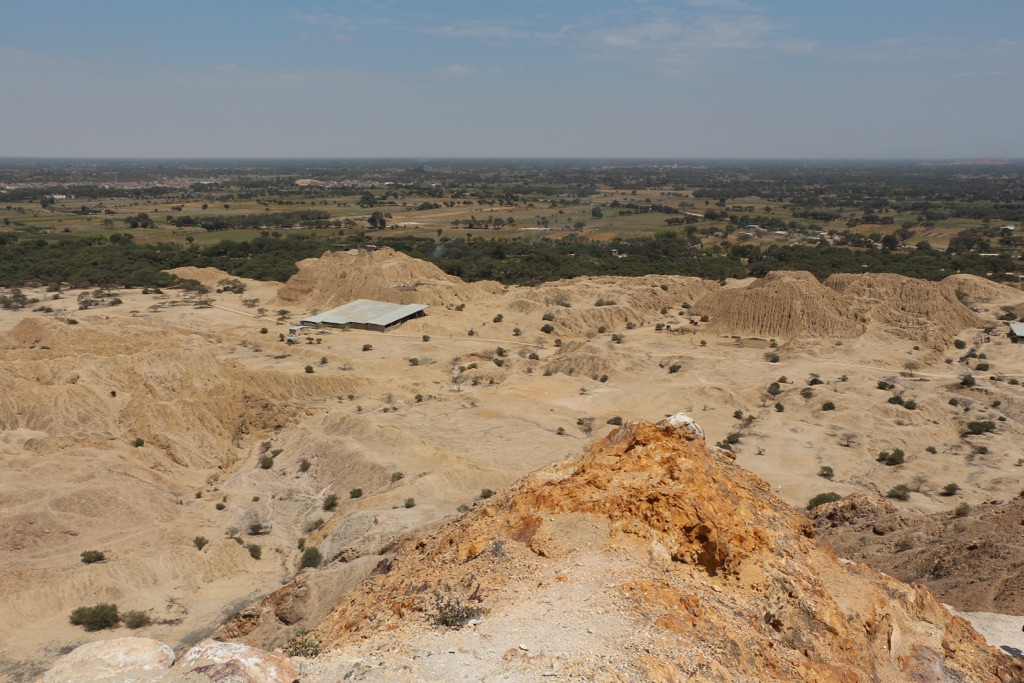
Cultural Significance and Discovery
The importance of Tucume extends beyond its impressive structures. Researchers have discovered evidence of a rich and complex society. The site sheds light on the transition from the Lambayeque to the Chimú and, eventually the Inca cultures. The discovery of elaborate tombs with valuable artifacts signifies the area as an ancient center of power and ceremony. Thor Heyerdahl’s excavations in the 1980s brought Tucume into the international spotlight, opening a window into Peru’s pre-Columbian past.
Visiting Tucume Today
Today, Tucume provides an immersive historical experience. The site’s museum displays relics and narrates the Lambayeque culture’s history. Visitors can walk among the ruins, gaining insight into the daily lives of the ancient residents. Tucume continues to captivate scholars and tourists alike with its undisturbed beauty and enigmas waiting to be unraveled. It offers a unique glimpse into a civilization’s adaptability, beliefs, and craftsmanship that stood the test of time.
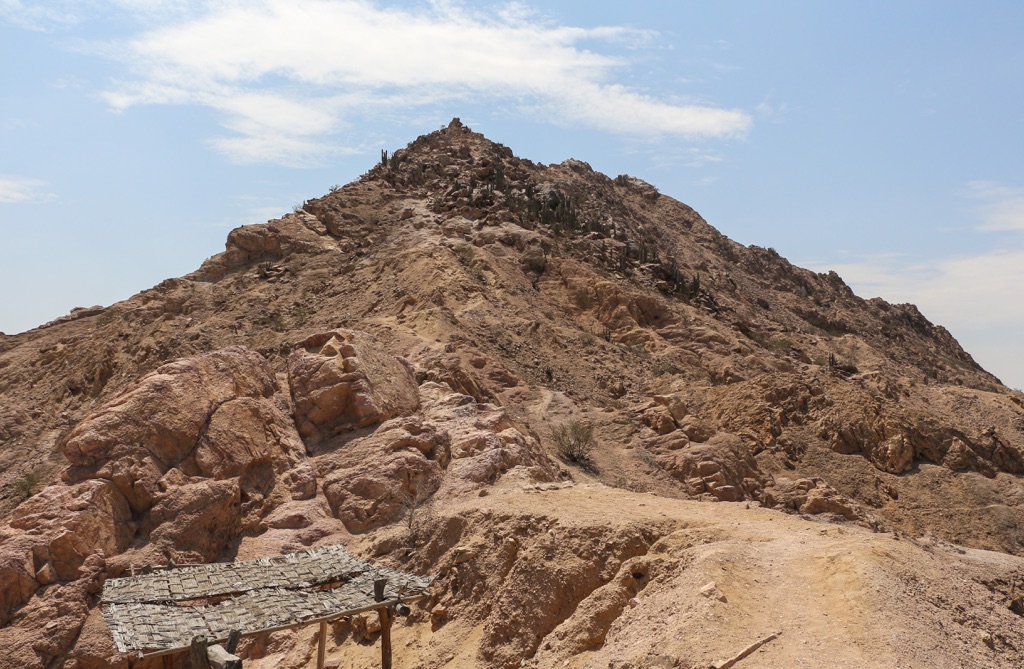
Historical Background of Tucume Pyramids
The Lambayeque’s Architectural Legacy
The Tucume Pyramids, also known as the Valley of the Pyramids, are a series of ancient monuments located in Northern Peru. They stand as a striking representation of the Lambayeque culture, which flourished from around 800-1350 AD, before the Chimu and Inca domination. These pyramids are the remnants of a once-thriving civilization. They’re admired for their massive structures and complex layout. The Lambayeque culture built these pyramids as ritual sites and administrative centers, using millions of adobe bricks. Their innovative use of resources in the arid environment showcases their advanced understanding of engineering.
Diverse Functions and Features
The Tucume Pyramids served various purposes, from temples to tombs and even residences for the elite. The site houses more than two dozen adobe pyramids. The three largest structures include Huaca Larga, Huaca 1, and Huaca Las Balsas. Huaca Larga, stretching over 700 meters in length, is especially notable. It’s thought to be one of the largest of its kind in the ancient world. Researchers have unearthed important artifacts. These highlight the Lambayeque’s trade relations and artistic skills. Wall paintings and intricate decorations still visible today speak to their rich cultural heritage.
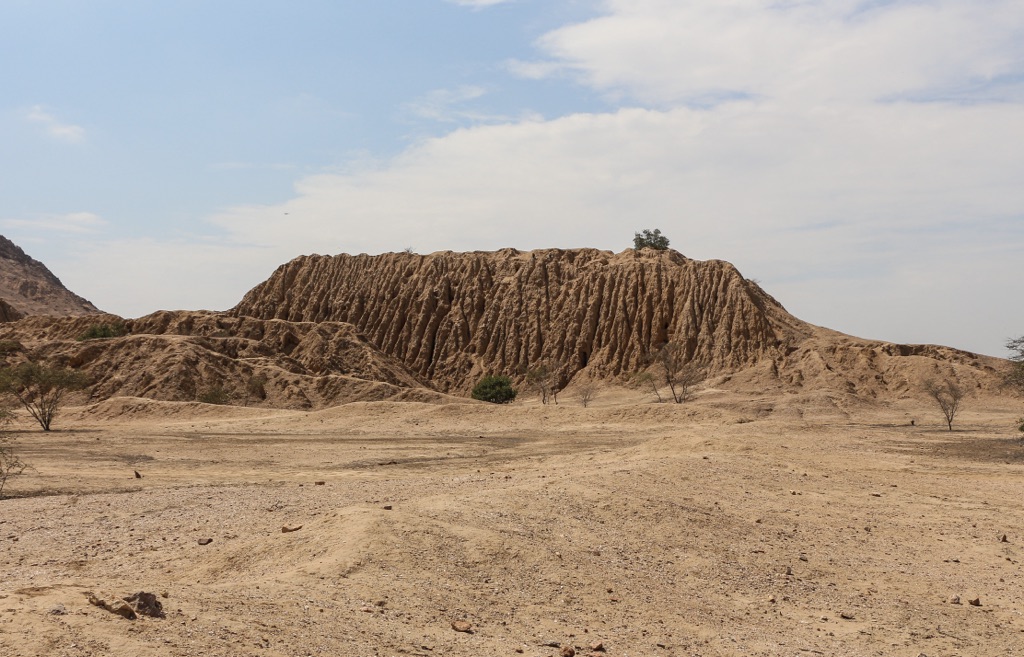
The Discovery and Preservation Efforts
Although locals knew about Tucume, it gained international recognition through Thor Heyerdahl’s expeditions in the 1980s. Archaeologists have continued to study the site, unveiling artifacts and burial sites that enlighten us about pre-Columbian Peru. The Peruvian government now protects Tucume. Initiatives are underway to preserve its structures from the elements and potential erosion. Tucume is also a magnet for cultural tourism. It helps to educate the public on the importance of historical preservation, allowing visitors to connect with a past that is both foreign and familiar.
The Cultural and Religious Center of Tucume
Centuries ago, the pyramids of Tucume would have been a bustling hub of activity. They were places of worship, economic exchange, and political power. Priests and chieftains orchestrated ceremonies here, appealing to the gods for favor. Meanwhile, citizens brought offerings, and artisans plied their trades. The pyramids reflect the complexity and stratification of the Lambayeque society, a testament to their social organization and religious fervor.
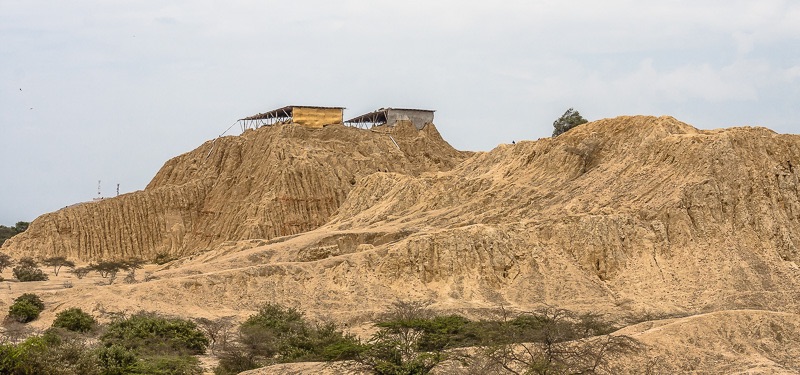
Tucume Today: A Portal to the Past
In the present, Tucume stands as an open gateway to the Lambayeque culture’s secrets. It captures the imaginations of those who walk its grounds. Be they curious tourists or dedicated archaeologists, visitors to Tucume gain insights into ancient Peruvian lifestyles and belief systems. The site offers a stark reminder of the rich, often untold stories of humanity’s collective history. It remains a symbol of perseverance, showcasing the Lambayeque’s sophistication and endurance against the passage of time.
The Discovery of Tucume Pyramids
Unearthing the Lost City of Pyramids
The Tucume Pyramids, a site of monumental significance in Peru, was not always as prominent in the eyes of modern archaeology. For centuries, these sprawling structures lay hidden in plain sight, their stories buried under layers of earth and history. It wasn’t until the 20th century that the true scale of the site became known. Locally, the pyramids remained familiar landmarks, but their historical importance was largely overlooked until sufficient interest arose to uncover their secrets.
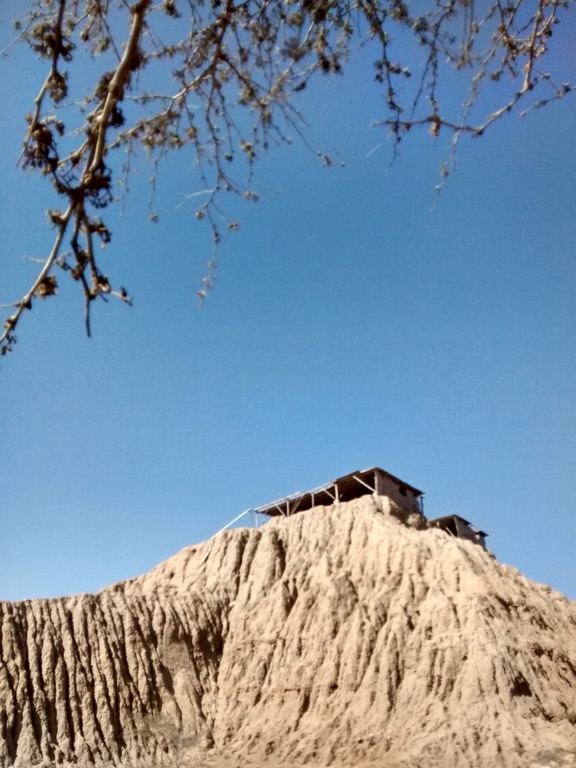
Thor Heyerdahl’s Pioneering Excavations
Norwegian explorer Thor Heyerdahl brought the Tucume Pyramids to global attention in the 1980s. Renowned for his Kon-Tiki expedition, Heyerdahl was drawn to Tucume by its historical enigma and potential insights into pre-Columbian civilizations. His excavations, carried out with the cooperation of Peruvian archaeologists, revealed the complexity of the site. Together, they unearthed artifacts that indicated a vast, well-developed city that played a significant role in the Lambayeque culture’s social and religious life.
Key Archaeological Findings
The discoveries at Tucume have been numerous and telling. Archaeologists found evidence of ceremonial structures, elite tombs, and urban planning that spoke to a sophisticated society. Many of the artifacts were decorated with intricate designs, suggesting that Tucume was a center for arts and crafts. The findings helped to map out the cultural and political influences that shaped the region, from the Lambayeque to the Incas, charting a lineage of power and tradition.
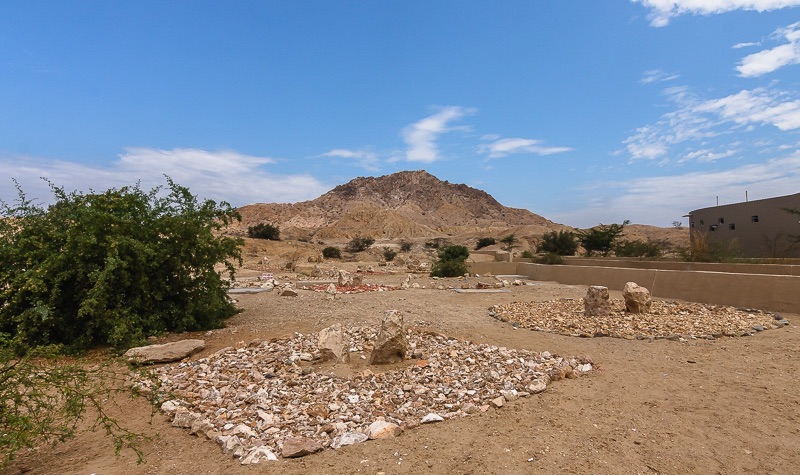
Recent Developments and Research
Research at Tucume has continued to evolve over the years. With each layer of soil turned, a deeper understanding of the region’s past emerges. Techniques like ground-penetrating radar and systematic digs have allowed archaeologists to piece together a clearer image of the way of life in this ancient pyramid city. Their commitment to uncovering history has enabled us to measure the Lambayeque culture’s achievements against the backdrop of human development.
Integrating Technology and Tradition
Today, the Tucume Pyramids stand as a testament to the enduring spirit of discovery. By integrating modern archaeological methods with respect for the Lambayeque culture’s legacy, researchers have ensured that the site continues to yield new insights. As technology advances, there is the promise of even more revelations about the complex civilization that once thrived around the pyramids, offering future generations a wealth of knowledge about our shared human heritage.
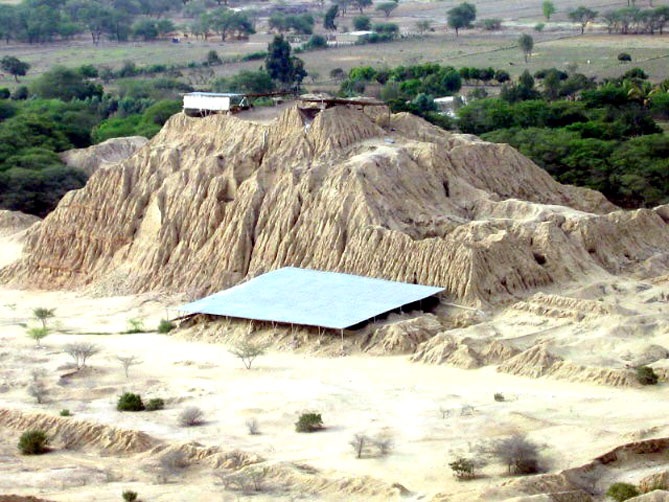
Cultural Significance, Dating methods, Theories and Interpretations
The Heart of Lambayeque Culture
The Tucume Pyramids are a crowning achievement of the Lambayeque or Sicán culture. They served as administrative, ceremonial, and religious hubs, signifying the evolution of power and belief in the region. With their sophisticated craftsmanship and scale, these pyramids underscore the Lambayeque culture’s societal advances and the intricate role of religion in their daily life. They are, indeed, pivotal in understanding the pre-Columbian period in northern Peru, a mirror reflecting the life and times of an ancient people.
Determining the Age of Tucume
Unlocking the age of the Tucume Pyramids has involved various dating methods. Radiocarbon dating of organic materials found on-site provides an approximate timeline for the construction and occupation of the structures. Researchers have also utilized stratigraphy, examining the layers of earth to understand how the site evolved over time. These scientific techniques have revealed the pyramids’ role through different eras, painting a dynamic picture of the shifting cultures within the Sicán society.
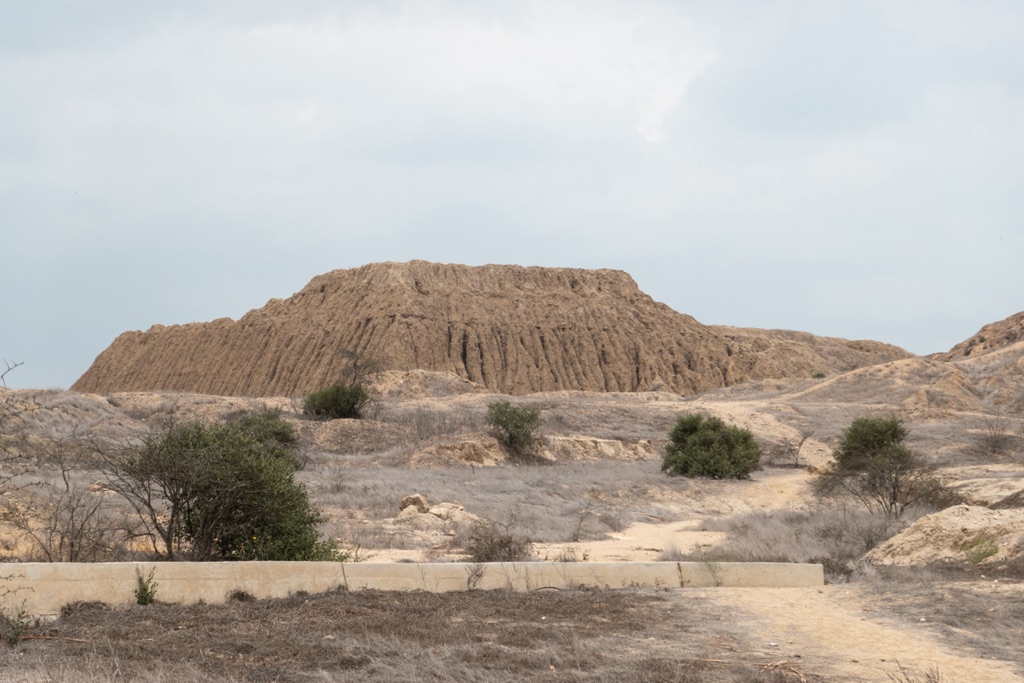
Contemporary Theories on the Pyramids’ Purpose
Several theories about the functions of the pyramids exist. Some scholars suggest they were exclusively religious structures, while others argue for a multi-faceted role. Theories propose that they served as administrative centers, homes for the elite, and burial sites. The variety of structures—platforms, plazas, and ramparts—supports this multipurpose interpretation. They hint at a complex society where the sacred and secular merged seamlessly within the pyramid city.
Decoding the Symbols
The symbols and iconography discovered at Tucume have spurred numerous interpretations. Scenes depicted in murals and artifacts offer insights into rituals, mythology, and societal values of the Lambayeque culture. Some interpretations suggest a cosmological significance—alignments with celestial events—while others focus on the symbolism’s social implications. Each discovery contributes to the ongoing narrative about how the Lambayeque understood their world and their place in it.
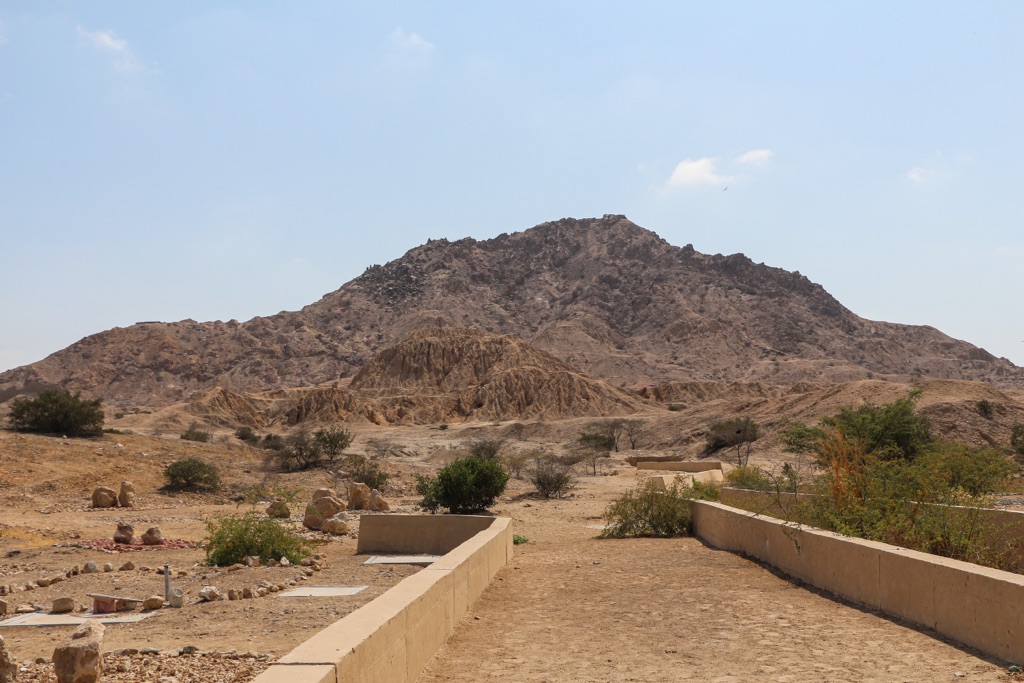
Addressing the Mysteries of Tucume
Despite advances in research, Tucume still holds many mysteries. The causes of its decline and the extent of its influence remain subjects of scholarly debate. For now, the site stands as an open chapter in Peru’s history, an ancient tale yet to be fully told. As research continues, we may expect that new theories and interpretations will emerge, further enriching our understanding of this remarkable archaeological treasure.
Conclusion and Sources
The Tucume Pyramids, with their intricate structures and rich history, remain a focal point for understanding the complexity of Lambayeque culture. The site presents a tapestry of ancient achievements, spiritual beliefs, and a society that has left an indelible mark on history. Through ongoing archaeological research, we continue to unearth layers of knowledge, each new finding adding depth to the narrative of these pre-Columbian marvels.
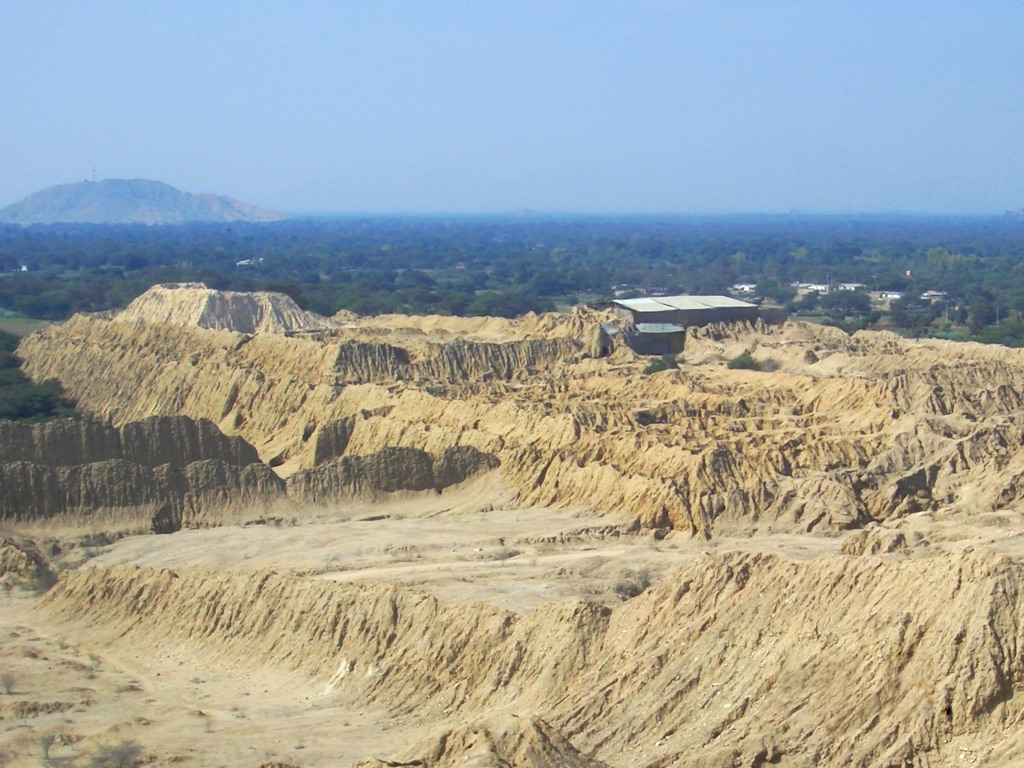
For further reading and to validate the information presented in this article, the following sources are recommended:
Or you can check any of these reputable archaeological and historical texts:
Shimada, I. (1994). Pampa Grande and the Mochica Culture. University of Texas Press.
Heyerdahl, T., Narvaez, A., & Heyerdahl, C. (1995). The Pyramids of Tucume: The Quest for Peru’s Forgotten City. Thames & Hudson.
Kaulicke, P. (1997). ‘The role of the periphery: Current issues in Andean prehistory and early history’, in Dillehay, T.D. (ed.) Tombs for the Living: Andean Mortuary Practices. Dumbarton Oaks, pp. 315-348.
Shimada, I. (2000). ‘Evolution of Andean diversity: Regional formations from the Archaic to the Formative in northern Peru’, Journal of World Prehistory, Vol. 14, No. 2, pp. 145-191. doi:10.1023/A:1006699911290.
Schjellerup, I. (1997). Incas and Spaniards in the Conquest of the Chachapoyas: Archaeological and Ethnohistorical Research in the Northeastern Andes of Peru. Göteborg University: Department of Archaeology.

